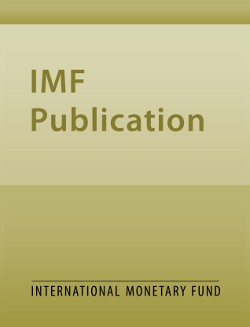
Rethinking Macroprudential Capital Buffers
Both advanced and emerging countries benefit from building capital buffers at an early stage, to better protect against shocks. Key issues include when and to what level buffers should be built, when to release them, and how to communicate to support banks’ supply of credit.
READ MORE...
Volume/Issue:
Volume 2025
Issue 008
Publication date: November 2025
ISBN: 9798400292859
$20.00
Add to Cart by clicking price of the language and format you'd like to purchase
Available Languages and Formats
| English |
Prices in red indicate formats that are not yet available but are forthcoming.
Topics covered in this book
This title contains information about the following subjects.
Click on a subject if you would like to see other titles with the same subjects.
Macroprudential Policy , Releasable Capital , Countercyclical Capital Buffers
Summary
Growing experience since the global financial crisis suggests that there is benefit to both advanced and emerging economies from having releasable capital buffers. Building such buffers in normal times enables policymakers to support lending in the face of shocks irrespective of whether stress was preceded by excessive credit growth. We explore key issues arising in operating such a framework, including when, and to what levels, buffers should be built, when they should be released, and how a release should be communicated to support the supply of credit to the economy. Finally, we examine complementary mechanisms to address procyclicality in banks’ loan supply, including buffers that protect against sectoral risks, bank-specific buffers based on stress tests, and provisioning requirements.
Copyright © 2010 - 2025
Powered by:
AIDC



